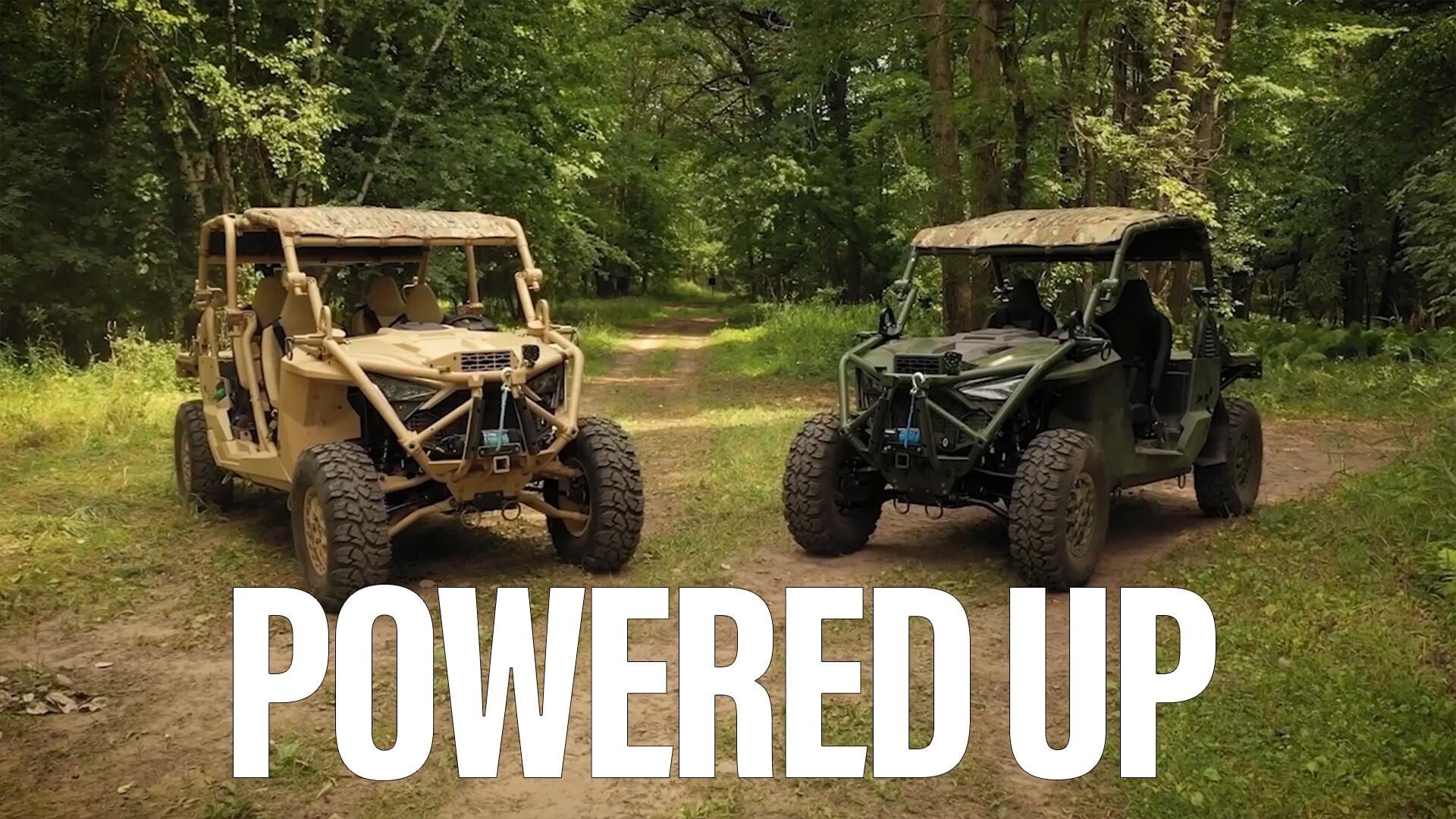Have you wondered what’s been happening with the Army National Guard over this past year?
The answer: Plenty.
Army Times talked with Army National Guard Bureau Director Lt. Gen. Jon Jensen before the Association of the U.S. Army’s annual conference to catch up on the plethora of missions, tasks and duties the Guard has been working this past year.
This interview was edited for length and clarity.
Tell us about the major exercises, deployments and engagements undertaken by the Army National Guard since October 2020?
In terms of exercises: The Army National Guard participated in 24 Joint Exercise Program events in fiscal 2021, with an estimated 5,500 ARNG soldiers from 23 units across 48 states in support of Army Service Component Command and combatant command theater security cooperation plans.
Regarding deployments, for FY21, over 23,600 Guard soldiers deployed in support of both homeland and overseas operations as part of the Defense Department’s Global Force Management Allocation Plan.
Central Command’s area of operations was the largest overseas requirement, with over 11,230 Guard soldiers deployed across the theater. The 256th Infantry Brigade Combat Team from Louisiana was the largest unit conducting operations within CENTCOM’s area of operations, with 1,857 personnel.
RELATED
Guard soldiers who take on simulated chem, bio and nuke attacks are adding hypersonic threats
An estimated 4,800 Guard soldiers supported various homeland federal support requirements. The majority of those personnel, 3,326, conducted missions in and around the U.S.-Mexico border.
The largest formation in support of the border mission was the 1-65th Infantry Battalion, Puerto Rico ARNG, with 200 soldiers.
On the topic of domestic engagements, an estimated 23,800 Guard soldiers conducted Operation Capitol Response to support local and various federal agencies within the National Capital Region.
This operation was a short-notice mission and unprecedented in ARNG history. Another 39,460 soldiers supported local, state and federal agencies, conducting COVID-19 response in FY21.
What were the Guard’s priorities, successes and challenges over the past year?
The COVID-19 response mission has been a top priority. However, the ARNG continued individual and collective training at all echelons of command. The ARNG conducted six Combat Training Center rotations this year — the most since 2005. Also, the Guard conducted three division-level war-fighter exercises, which help build staff proficiency for future operational missions, and three exportable combat training capability rotations.
Highlight some modernization or restructuring efforts over the past year.
New force structure capabilities include cyber electromagnetic activities teams to brigade and above headquarters, and electronic warfare platoons to brigade combat teams and Special Forces groups.
We anticipate completing Joint Battle Command-Platform systems, achieving full interoperability by FY25. As part of the total force, the Guard is actively modernizing to the M1A1 SEPv3 Abrams tank variant in our armored BCTs, and Apache AH-64E models within the four Guard Apache battalions. The Guard was fielded the Joint Light Tactical Vehicles at the same pace as the active Army. These modernization efforts are concentrated on creating a multidomain-capable Army National Guard by 2035.
Where do Guard deployment-to-dwell ratios stand, and how does that compare with the height of previous wars, as well as concerns that the ratios were out of balance at the time?
Guard deployment-to-dwell ratios are currently between a 1-to-4 ratio (1 year deployed and 4 years dwell) and 1-to-5 ratio. Dwell ratios vary from year to year based on unit demand, verses capability on hand.
The Guard has developed sourcing strategies to maximize dwell for unit formations, but it is a fluid environment and is adjusted based on time of need. Currently, the Guard is mobilizing 20,000 soldiers under a Defense Department-determined policy of 400 days and Department of the Army policy of nine months worth of boots on the ground. As demand goes down, dwell will inversely rise.
What’s an example of the Guard’s modernization work this past year?
The ARNG was selected to activate two extended range cannon-artillery battalions — and these are two of the first four within the entire Army — later in the decade, which is a testament to Chief of Staff of the Army Gen. James McConville’s dedication to modernizing the entire Army as a whole.
As the Army shifts back to a division-based force, we expect additional new units and capabilities to also be part of the ARNG modernization plan over the next 12-24 months.
Todd South has written about crime, courts, government and the military for multiple publications since 2004 and was named a 2014 Pulitzer finalist for a co-written project on witness intimidation. Todd is a Marine veteran of the Iraq War.








